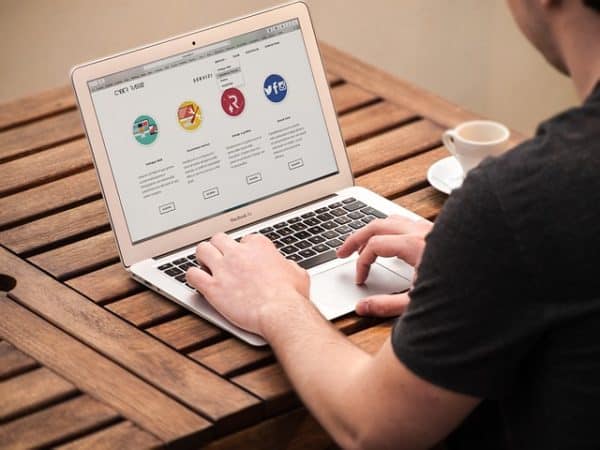
Perhaps you have a brand new company or are going for a new look or a complete redesign and relaunch, whatever the case you’ve decided to spend the money on hiring a freelance designer for your logo. Great idea! In this visual culture design is all pervasive and while you may start out thinking a logo is all that you’ll be needing, keep in mind that the relationship may grow to include your website and social media design. It’s increasingly important to have a consistent and recognizable aesthetic for brand identity and cohesion.
Clarify Your Brief
Now that you’ve decided to choose a designer from one of the many punting their services on freelance job boards like fiverr, AirTasker, FreelanceMyWay and 99Designs, how do you go about choosing the one that’s right for you? Before you outline what you’re looking for in the designer you must first know what you’re wanting as a client. Take the time to clarify your brand and target market for yourself before you pitch it to your designer. What is your overall aesthetic? The look and feel should match your current brand identity unless you’re going for a complete overhaul of your image. It’s important to find and maintain a style match across your various platforms. Another crucial parameter is budget. What can you realistically afford to pay? Then last but not least, be clear about your timeline.
What is a Designer?
Now comes what may seem like the overwhelming task of sifting through the freelance designers vying for your business online. Although there are many different kinds of logo designers they all share visual communication as their goal and can be divided into print or web media or both. Your logo will no doubt be used to communicate your brand across both worlds, so first off make sure that the designer is comfortable and capable of doing that.
Designer Skills
Your designer should be familiar with the various design software — Adobe Illustrator, InDesign, Photoshop, Visual Studio, etc. All designers must be well schooled in color theory, typography and layout. Ideally the logo should not be too detailed, after all the point of a logo is to be identifiable and legible. You will need to have a look at the designer’s portfolio to get a sense of their personal style and industry experience. Check out their personal website, blog and look for satisfied customer’s testimonials. If these are not in evidence don’t be afraid to ask.
Keep in mind that the top finds in your search engine are not necessarily the best suited to your project, take the time to browse the many different options. Although you may have no background in design you will instinctively know what feels right for your company. Trust your gut feeling. It is your brand after all.
The Personal Touch
Once you have a shortlist of suitable candidates it is invaluable to schedule an actual conversation, if not in person, then via video call. This is an opportunity to get a feel for the designer’s personality and to reassure yourselfthat they have a good feel for your brand. Be sure to ask them why they want to work for you. Remember that creativity is at the heart of this endeavor and that means a sense of connection to the people involved as well as the overarching vision.
This is also a wonderful opportunity to brainstorm your creative vision. Using the brief as a departure point allow the designer to sketch out some possibilities. Be flexible and trust their expertise while remaining true to your original concept. Depending on your budget and deadline you may want the designer to submit a trial project or several options along with their motivation and thinking behind each one. This could lead to some favorable outcomes and a healthy working relationship.
In the highly competitive freelance arena it’s important to keep in mind that faster delivery is not always better for you as a client. Perhaps counter intuitively cheaper services are not necessarily lower quality ones either, there just happen to be a lot of hungry freelancers out there. Always offer fair compensation for a satisfactory collaboration, keeping in mind a long term mutually beneficial collaboration. If all goes according to plan your logo will no doubt lead to many more design needs and opportunities in the future.
Together with your designer you are hoping to create a logo that is both print and web friendly, distinctive and easily identifiable as your brand. Perhaps consider crowd sourcing a logo if you’re battling to settle on one individual. Otherwise take the plunge using these tips and enjoy the exciting journey of branding your business.
 Gearfuse Technology, Science, Culture & More
Gearfuse Technology, Science, Culture & More


